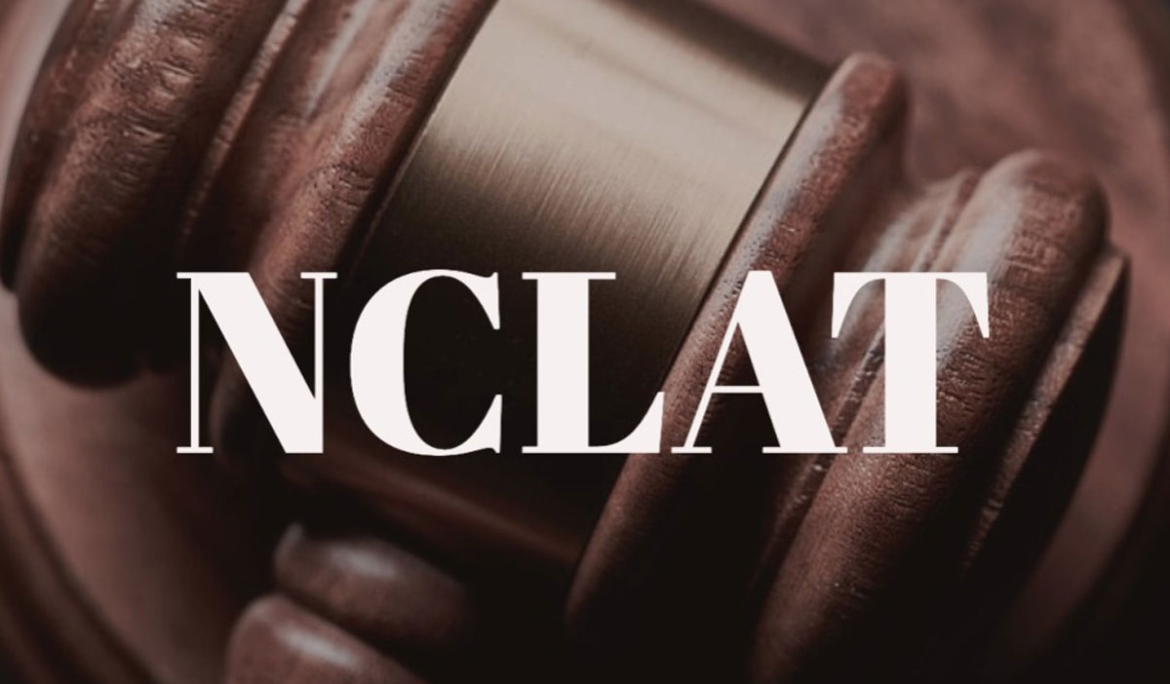In a judgment given by the National Company Law Appellate Tribunal (NCLAT) on 5th of Nov, 2019, in the case of ‘Hemang Phophalia v. The Greater Bombay Co-operative Bank Ltd & Anr’, NCLAT dealt with the issue of whether Insolvency Proceedings can be initiated if a Debtor Company is struck-off by ROC and is considered dissolved as per sec. 248(5) of the Companies Act, 2013.
In order to understand the legal viability of initiating CIRP (Corporate Insolvency Resolution Process) against a Corporate Debtor when it has been struck off by ROC, we need to understand the effects of striking off the company in terms of Sec. 250 of the Companies Act, 2013. It explains that when the company is struck off it is considered to have ceased to operate except for the purpose of realizing the amount due to the company and for the payment or discharge of the liabilities or obligations of the company. Hence it is clear that for realizing any amount from or by such Company, the company is not considered to be ceased, as per sec. 250 of the Companies Act. The Company thus remains duly alive for the purposes of winding up the affairs of the company though the business and operation of the company comes to an end.
In the above Judgment, NCLAT took note of sec. 252(3) of the Companies Act, which deals with the appeal against the order of strike-off by ROC, which provides that the company or any creditor may file an appeal to the Tribunal against that strike-off order before the expiry of 20 years from the date of such order. It further took note of the fact that the appeal u/s 252 of the Companies Act, 2013 is filed before the NCLT and it is the NCLT only which acts as Adjudicating Authority under IBC, 2016.
Further sec. 248(8) provides that striking-off of the company does not take away the power of NCLT to wind up the company, which has been stuck off by ROC, and as per winding-up definition u/s 2(94-A) of the Companies Act, winding up also includes liquidation under IBC, 2016, and in turn the IBC Law prescribes that first CIRP is to be followed and only if CIRP is not viable, then only liquidation is to be resorted to and not otherwise. Thus Sec 248(8) r/w Sec 2(94-A) of the Companies Act, 2013 itself provides for the legal option of CIRP under IBC, 2016 even after the Company has been struck off by ROC.
Thus in terms of Sec 248, 250, 252 r/w 2(94-A) of the Companies Act, and the scheme of CIRP and Liquidation under IBC 2016, NCLT gets the power to entertain the application of Creditor, to initiate CIRP even against a company that has been struck-off in terms of sec. 248 of Companies Act, 2013 and thus NCLAT held that if a Debtor-Company’s name is struck-off, an application u/s 7 & 9 of Insolvency & Bankruptcy Code would be maintainable, on an application filed by Creditor, as per law. Once CIRP is admitted and order is passed u/s 7 & 9 of IBC, the status of the company is required to be changed from ‘strike-off’ to ‘active’ for the purposes that the CIRP can effectively be carried out and if CIRP fails, Liquidation proceedings shall be carried out as per the provisions of IBC, 2016.
Therefore any order u/s 7 & 9 of IBC to allow CIRP in the case of a struck-off company is effectively a composite order that not only admits CIRP under IBC but at the same time also restores the name of the company by virtue of appellate authority vested with NCLT in terms of sec. 252(3) of the Companies Act. In the opinion of the author, it is advisable that the creditor files an appeal u/s 252(3) of the Companies Act, 2013 apart from and along with the application u/s 7 & 9 of IBC, 2016, though even if separate appeal u/s 252(3) is not filed, still the creditor can plead the provisions of sec. 252(3) of the Companies Act and NCLT has all the authority to take cognizance of the same and pass appropriate directions while passing the order admitting CIRP u/s 7 & 9 of IBC.
Further when as per the law discussed above, CIRP is maintainable against a struck-off company and when the CIRP application is admitted, the name of the company is also restored, then in the context of such legal position, the vice-versa situation to strike off the name of a company under-going CIRP within the jurisdiction of NCLT, is grossly illegal and unjustified.
The aforesaid legal position has been affirmed in another judgment in ‘Vinod Tarachand Agarwal (RP of JR Diamonds) v. ROC Gujrat’ dated 06.11.2019, where a vice-versa situation has been discussed and adjudicated by the NCLT Ahmedabad. NCLT, in this case, has decided the legality of striking-off off the Corporate Debtor post CIRP admission and held that during the CIRP of a company, striking-off the name of a company from ROC is not justified and shall be inoperative and void in law on the grounds that no proceedings u/s 248 can be initiated during moratorium period under IBC law and further as per MCA circular dt.26/12/2016, the provision u/s 248 may not be applicable in respect of such companies against which any prosecution for an offense is pending or its application for compounding of offense is pending or any investigation is going on pursuant to the order of a court or are being carried out / are being contemplated by a competent authority, then, the name of the company ought not to be removed.
Likewise, in the matter of ‘MA. Panjwani v. ROC & Anr.’ (2015), Delhi HC held that when there is litigation pending by or against the company before any competent court of law, in such peculiar facts & circumstances, striking off the name of a company by the ROC was not justified.
To conclude no Corporate Debtor undergoing CIRP can be subject to strike-off by ROC in terms of sec. 248 of Companies Act, 2013, and further if the name of any company has been struck off by ROC, even thereafter a creditor can approach NCLT to admit CIRP in terms of sec.7 & 9 of IBC, 2016 and for that purpose, the name of such company/Corporate Debtor would be restored to carry out CIRP/Liquidation as the case may be in terms of IBC, 2016.
By Adv. Krishna Goel


